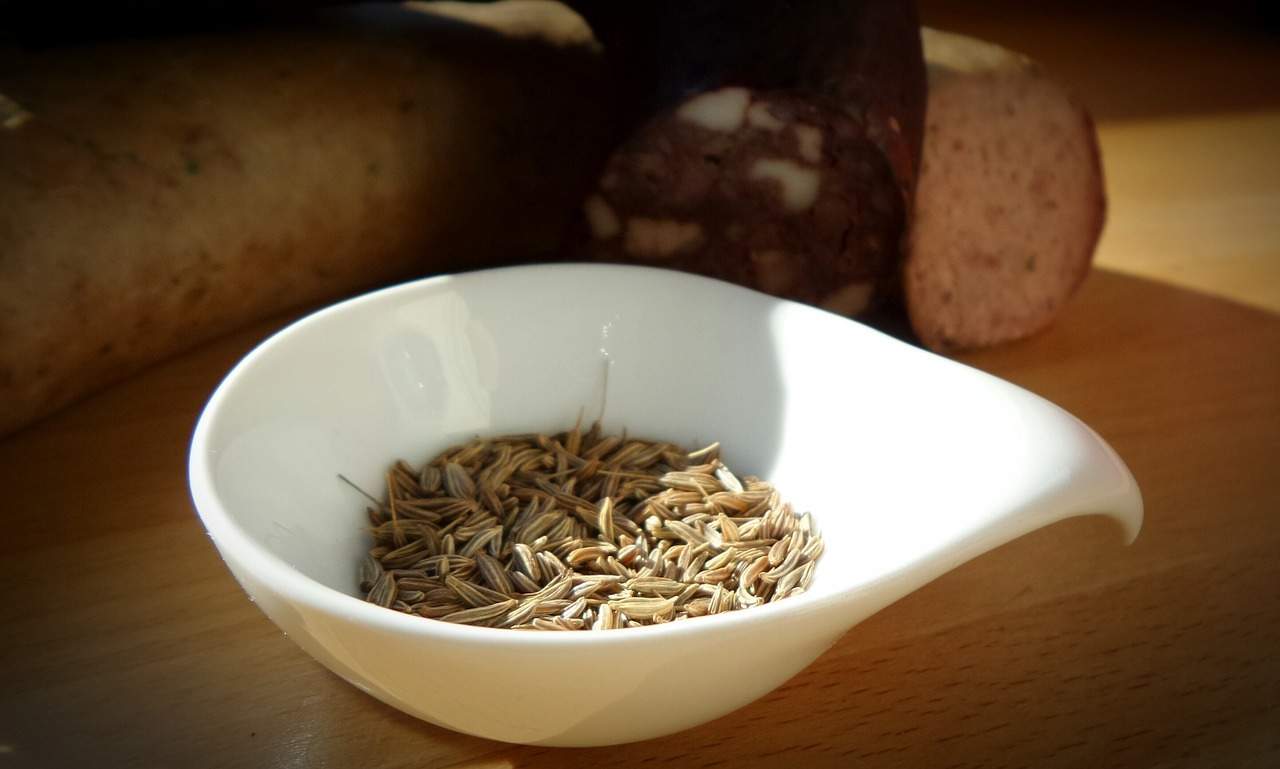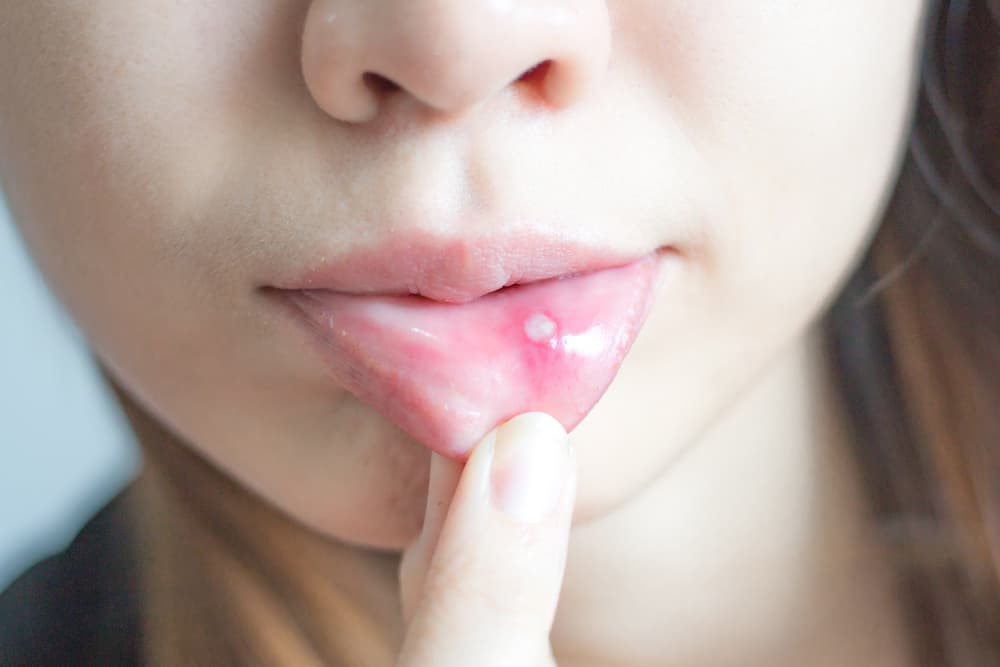Contents:
- Medical Video: Vitamin B3 Benefits For Skin
- How does vitamin B3 work?
- Benefits of vitamin B3 for the skin
- Are there side effects of vitamin B3 for the skin?
- Tips for using vitamin B3 for the skin
Medical Video: Vitamin B3 Benefits For Skin
You can find vitamin B3 in many skin care products. But, not many know about how to work and the benefits of vitamin B3 for the skin.
How does vitamin B3 work?
Vitamin B3 has two forms which are soluble in water, niacin and niacinamide. If you take niacin and niacinamide orally, your body can easily absorb it. Niacin can be converted into niacinamide when the amount of niacin in the body is much higher than what is needed.
Niacin and niacinamide help the body's fat and sugar to work properly. They are also used to maintain healthy body cells. Niacin in high doses is good for people who suffer from heart disease because niacin can affect blood clots. However, niacin can also increase levels of triglycerides (a type of fat) in the blood.
If the blood niacin level is lower than what is needed, you can be exposed to problems related to the skin such as irritation.
Benefits of vitamin B3 for the skin
Niacin and niacinamide can be found in many foods such as meat, fish, milk and dairy products, eggs, nuts, cereals, and green vegetables. Niacin and niacinamide can also be found in B complexes with vitamins B6, B9, B12.
Vitamin B3 is a good nutrient for the skin, keeping skin healthy and looking good. Vitamin B3 can be used to treat acne. This vitamin hides zits and fights them. Some people use niacinamide to treat inflammation of acne vulgaris.
Vitamin B3 can also be used as an anti-aging product, and moisturizer for the skin.
Niacin is used to reduce cholesterol levels. When used in combination with other treatments, niacin can help people who suffer from several diseases or conditions such as diarrhea, cholera, headaches, dizziness, high blood pressure, memory loss, arthritis, leprosy.
Niacinamide can help people who suffer from several skin problems such as bullous pemphigoid and anular granuloma.
Are there side effects of vitamin B3 for the skin?
If you use more than 50 mg of niacin per day, some side effects can occur. The most common side effects are flushing, including burning, tingling, and redness on the arms, chest, face.
You can also feel some mild side effects such as dizziness, pain in the mouth, or pain in the stomach.
If you use more than 3 grams of niacin per day, other side effects can occur. These side effects are more serious, including liver damage, gout, high blood sugar levels, abnormal heartbeat. Your liver function can be checked with several blood tests.
Niacin can cause a decrease in blood pressure and an increase in blood sugar.
Tips for using vitamin B3 for the skin
Drinking 30 mg of aspirin before you take niacin can help reduce symptoms of flushing side effects. You should stop using niacin 2 weeks before surgery.
Pregnant and breastfeeding women can use niacin, but in the recommended amount. If you are over 18, you should take 35 mg per day. If you are less than 18 years old, you should drink 30 mg per day.
You may not use niacin if you have low blood pressure, liver disease, kidney disease, or a history of gout. If you have diabetes, check your blood sugar levels regularly.
Vitamin B3 can interact with some foods or drugs such as alcohol, or diabetes medications. So, consult your doctor first.
Vitamin B3 can be used orally or applied topically to treat acne and some other skin problems. However, because of the potential side effects, you should use vitamin B3 in the consideration and supervision of a doctor.












